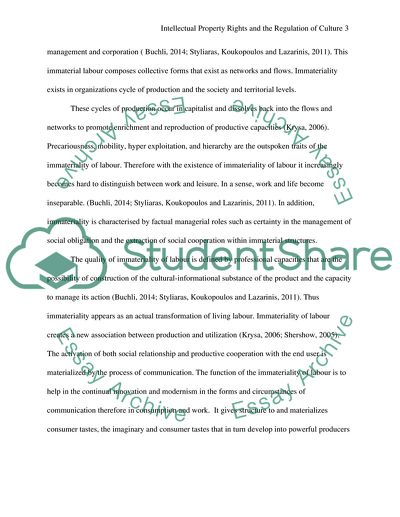Cite this document
(Intellectual Property Rights and the Regulation of Culture Coursework, n.d.)
Intellectual Property Rights and the Regulation of Culture Coursework. Retrieved from https://studentshare.org/culture/1869070-intellectual-property-rights-and-the-regulation-of-culture
Intellectual Property Rights and the Regulation of Culture Coursework. Retrieved from https://studentshare.org/culture/1869070-intellectual-property-rights-and-the-regulation-of-culture
(Intellectual Property Rights and the Regulation of Culture Coursework)
Intellectual Property Rights and the Regulation of Culture Coursework. https://studentshare.org/culture/1869070-intellectual-property-rights-and-the-regulation-of-culture.
Intellectual Property Rights and the Regulation of Culture Coursework. https://studentshare.org/culture/1869070-intellectual-property-rights-and-the-regulation-of-culture.
“Intellectual Property Rights and the Regulation of Culture Coursework”, n.d. https://studentshare.org/culture/1869070-intellectual-property-rights-and-the-regulation-of-culture.


